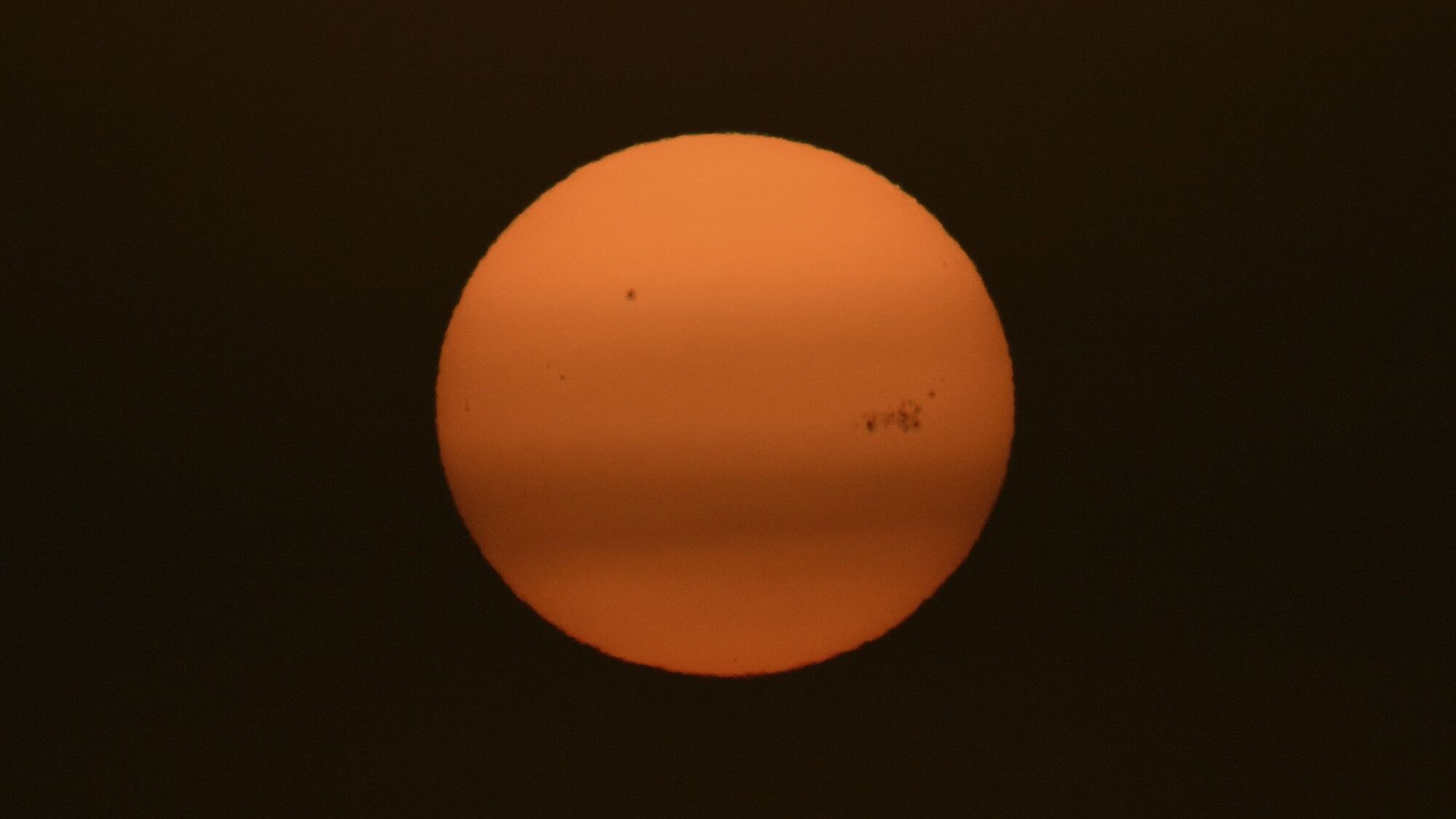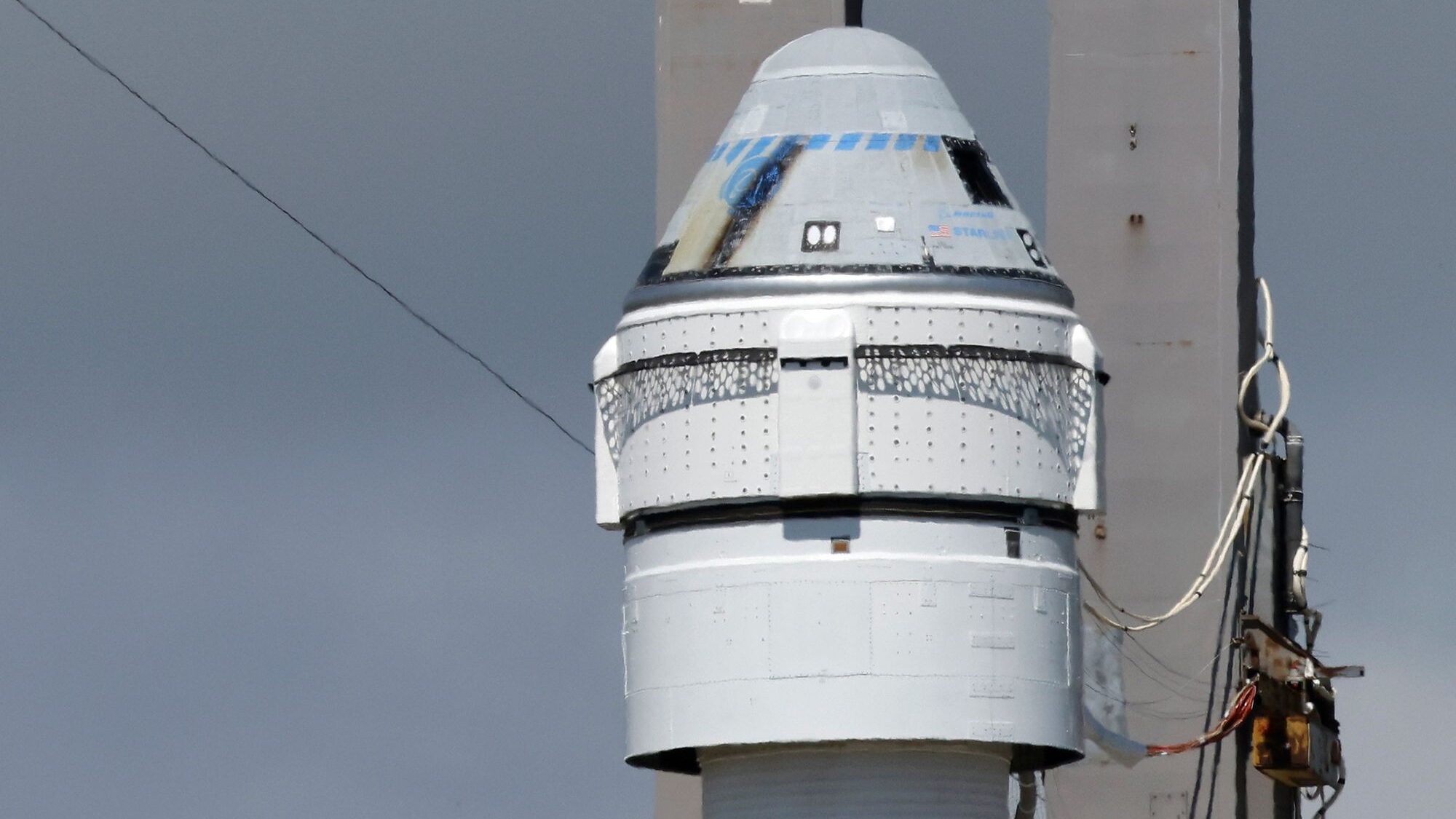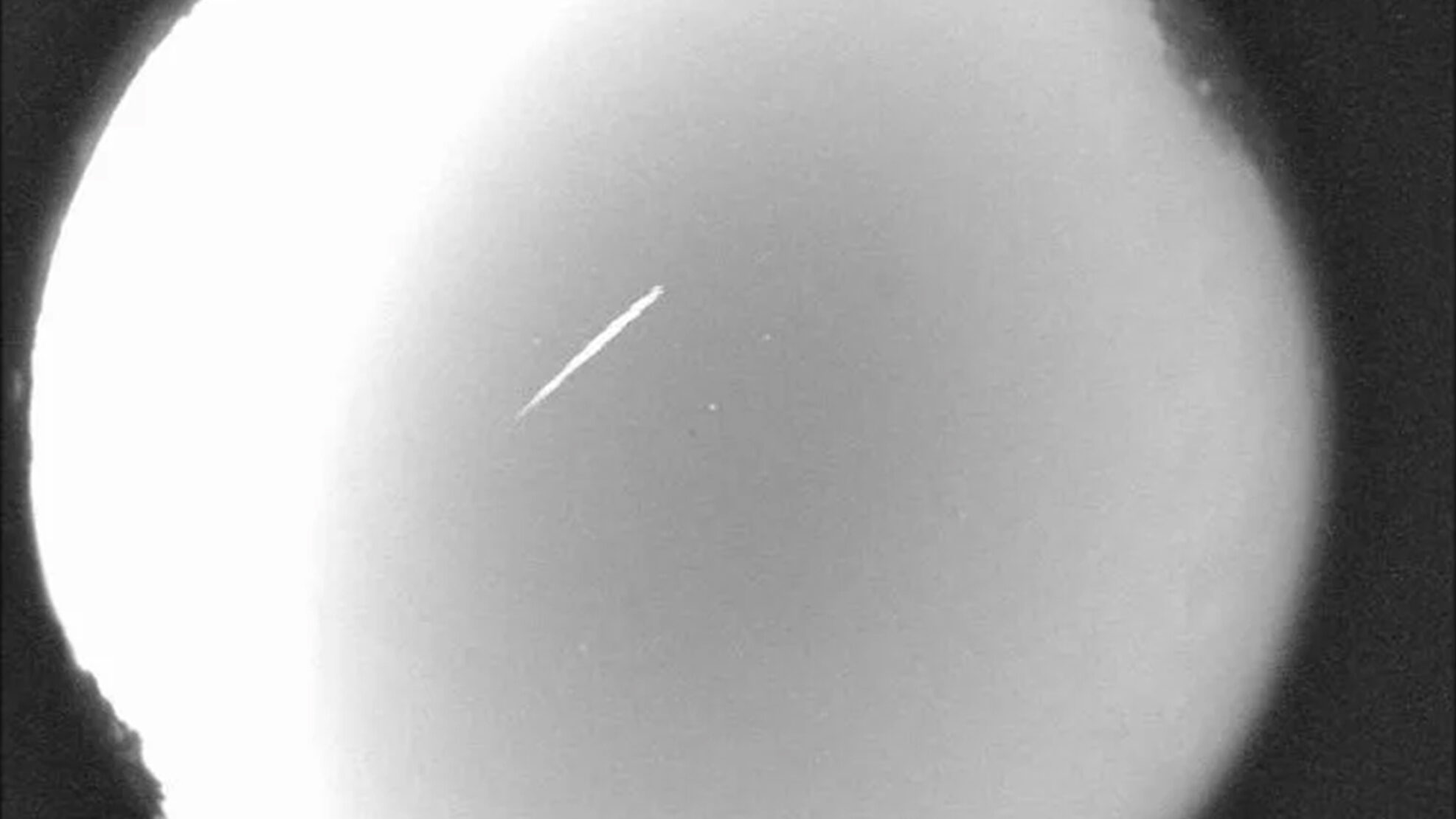Euclid telescope’s first images reveal new cosmic details
Nov 8, 2023, 8:00 AM

Euclid's view of the Horsehead Nebula. (Credit: ESA)
(Credit: ESA)
(CNN) — The first images captured by a powerful space telescope designed to create the most detailed 3D map of the “dark side” of the universe have been revealed.
Launched by the European Space Agency in July, the Euclid telescope’s initial release includes five observations made from its orbital home 1 million miles (1.5 million kilometers) away from Earth, including views of a stellar nursery and massive clusters of galaxies and stars.
Euclid’s wide perspective can record data from a part of the sky 100 times bigger than what NASA’s James Webb Space Telescope’s camera can capture.
Together, the new color images showcase the scintillating beauty of space, the potential and capabilities of the telescope’s science instruments — including a visible light camera and a near-infrared camera/spectrometer — and the level of detail it will be able to pick out across the universe, ESA officials said.
The observations also reveal previously unseen aspects of the cosmos that will contribute to Euclid’s main mission of surveying one-third of the sky for the next six years.
“We have never seen astronomical images like this before, containing so much detail. They are even more beautiful and sharp than we could have hoped for, showing us many previously unseen features in well-known areas of the nearby Universe. Now we are ready to observe billions of galaxies, and study their evolution over cosmic time,” said René Laureijs, ESA’s Euclid project scientist, in a statement.
What Euclid’s first images reveal
Euclid focused on an array of targets for its first scientific images.
The telescope observed the Perseus Cluster and its 1,000 galaxies, as well as more than 100,000 additional distant galaxies in the background, many of which had never been seen. The galactic cluster, one of the most massive known in the universe, is 240 million light-years from Earth.
Euclid’s image of the cluster is the first to capture such a detailed look at so many of the galaxies within it. Mapping the shapes and distribution of galaxies across the cosmos can help astronomers better understand the structure of the universe.
“With Euclid’s huge field of view and its high sensitivity, the galaxies in the Perseus Galaxy Cluster can be measured down to their outermost and faintest regions. Together with the numerous globular clusters that we discover in the razor-sharp images, we thus gain new insights into the late stages of galaxy evolution, when galaxies collide and merge,” said Matthias Kluge, a scientist at the Max Planck Institute for Extraterrestrial Physics in Garching and the Ludwig Maximilian University, in a statement.
The telescope also observed spiral galaxy IC 342, nicknamed the “Hidden Galaxy” because it lies behind obscuring dust, gas and stars. Euclid spied new details about the stars within this lookalike of our own Milky Way galaxy by using infrared light, which is invisible to the human eye.
The space observatory is designed to study a variety of galaxies across the cosmos, including smaller galaxies common in the early days of the universe, which served as the building blocks for larger galaxies like the Milky Way.
NGC 6822, an irregular dwarf galaxy located 1.6 million light-years from Earth is one Euclid viewed that looks like those in the early universe.
The telescope also peered inside globular cluster NGC 6397. Located 7,800 light-years away from Earth, it’s the second closest celestial feature of its kind. Globular clusters are like webs of hundreds of thousands of stars held together by gravity.
Euclid is currently the only telescope that can see the entirety of a massive globular cluster in one observation while also distinguishing just how many stars exist within it.
The telescope also took a highly detailed panoramic view of the iconic Horsehead Nebula, which is part of the Orion constellation. The nebula, a massive cloud of gas and dust that serves as a nursery for newly born stars, may also contain faintly visible young planets.
“The early data from Euclid are stunning,” said Koshy George, a research fellow in cosmology and structure formation at the Ludwig Maximilian University in Munich, in a statement. “With the large field of view, clarity and sensitivity of the (Visible Instrument and Near Infrared Spectrometer and Photometer) instruments, we can discover many new details around the galaxies over a wider range than was previously possible.”
Studying the dark universe
The Euclid mission’s primary goal is to observe dark matter and dark energy and to create the largest and most accurate three-dimensional map of the universe. While dark matter has never actually been detected, it is believed to make up 85% of the total matter in the universe. Meanwhile, dark energy is a mysterious force thought to play a role in the accelerating expansion of the universe.
In the 1920s, astronomers Georges Lemaître and Edwin Hubble discovered that the universe has been expanding since its birth 13.8 billion years ago. But research that began in the 1990s has shown that something sparked an acceleration of the universe’s expansion about 6 billion years ago, and the cause remains a mystery.
Unlocking the true nature of dark energy and dark matter could help astronomers understand what the universe is made of, how its expansion has changed over time, and if there is more to understanding gravity than meets the eye. Both dark matter and dark energy also play a role in the distribution and movement of objects, such as galaxies and stars, across the cosmos.
Euclid is designed to observe billions of galaxies that stretch 10 billion light-years away to reveal how matter may have been stretched and pulled apart by dark energy over time. These observations will effectively allow Euclid to see how the universe has evolved over the past 10 billion years.
The telescope was named in honor of Euclid of Alexandria, the Greek mathematician who lived around 300 BC and is considered the father of geometry.
During its observations, the telescope will create a catalog of 1.5 billion galaxies and the stars within them, creating a treasure trove of data for astronomers that includes each galaxy’s shape, mass and number of stars created per year. Euclid’s ability to see in near-infrared light could also reveal previously unseen objects in our own Milky Way galaxy, such as brown dwarfs and ultra-cool stars.
“Euclid will make a leap in our understanding of the cosmos as a whole, and these exquisite Euclid images show that the mission is ready to help answer one of the greatest mysteries of modern physics,” said Carole Mundell, ESA Director of Science, in a statement.













